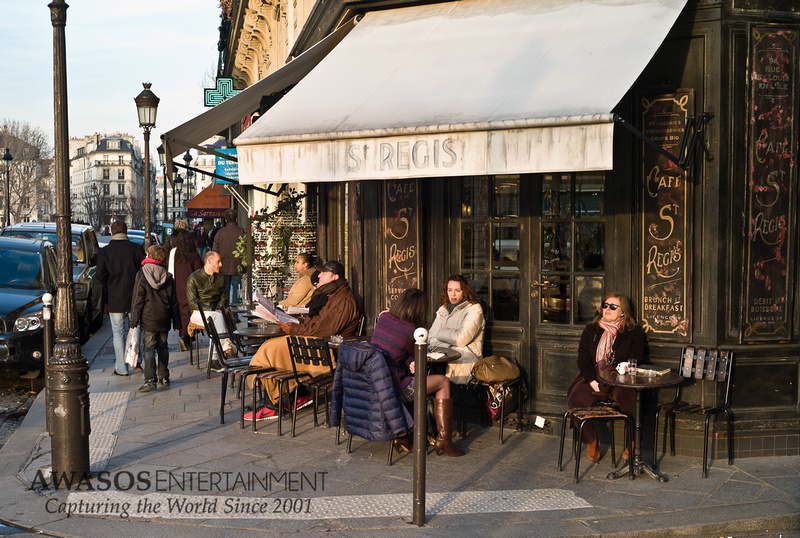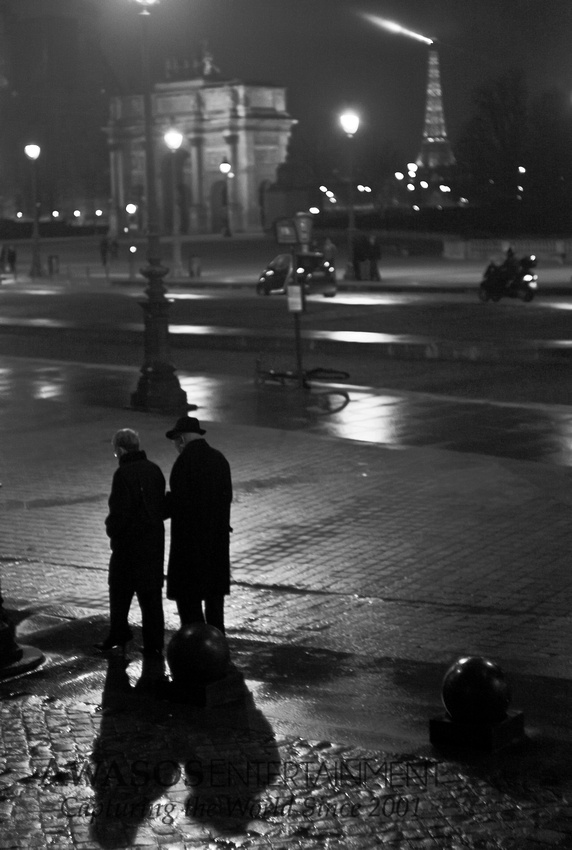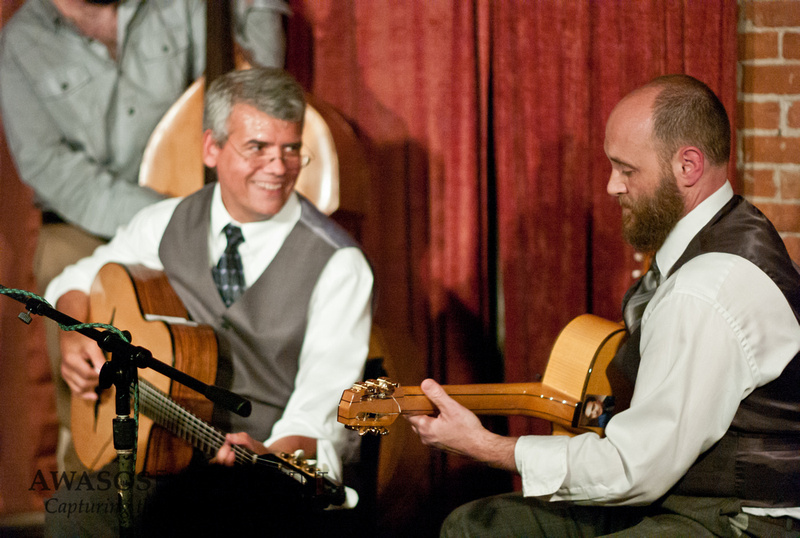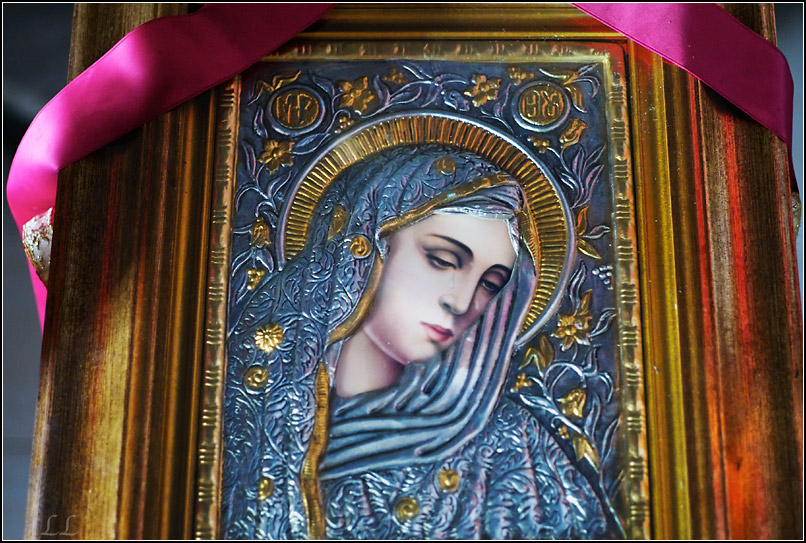Mudman
Well-known
While I'm sure it's a subject done a bit ad nauseam here, I just updated my blog after owning the M8 (again) for a month, and a few of the reasons that I purchased it.
http://ericjenks.zenfolio.com/blog/2013/10/revisiting-the-leica-m8
A quote and photo from the article;
"Fast forward a year and a half, and I'm back with the M8. This time I did not sell the M3, as prices have dropped to a point where it wasn't necessary for me. I also bought from a dealer with a 1 year warranty, and it had just come back from Leica with a fresh CLA. (Bonus, I'm getting a couple of free filters from Leica). It's in great shape and it confirms that I've been missing out on the rangefinder experience for work and for fun.
I couldn't justify an M9, ME, or M(240) to myself. They're all just too expensive for what I would be receiving out of them. I would prefer full frame to the crop sensor on the M8, but 1.3x is not a huge crop and I don't find it too restricting. A used M9(P) runs $3600-5200. A new ME is $5,000 and the M(240) is a whopping $7,000, if you can find one. Both the M9 and ME are incremental increases in technology over the M8, in my opinion. A great increase if you need full frame, but not in terms of IQ, noise, etc. At least for what I do. The M would be wonderful, but it's close to four times what I paid for the M8. Perhaps in 5 years or so an M will come my way, but for now the M8 is a wonderful entry into the world of digital rangefinders. Frankly, it's price puts it into a range where I'm not worried about using it and damaging it."

http://ericjenks.zenfolio.com/blog/2013/10/revisiting-the-leica-m8
A quote and photo from the article;
"Fast forward a year and a half, and I'm back with the M8. This time I did not sell the M3, as prices have dropped to a point where it wasn't necessary for me. I also bought from a dealer with a 1 year warranty, and it had just come back from Leica with a fresh CLA. (Bonus, I'm getting a couple of free filters from Leica). It's in great shape and it confirms that I've been missing out on the rangefinder experience for work and for fun.
I couldn't justify an M9, ME, or M(240) to myself. They're all just too expensive for what I would be receiving out of them. I would prefer full frame to the crop sensor on the M8, but 1.3x is not a huge crop and I don't find it too restricting. A used M9(P) runs $3600-5200. A new ME is $5,000 and the M(240) is a whopping $7,000, if you can find one. Both the M9 and ME are incremental increases in technology over the M8, in my opinion. A great increase if you need full frame, but not in terms of IQ, noise, etc. At least for what I do. The M would be wonderful, but it's close to four times what I paid for the M8. Perhaps in 5 years or so an M will come my way, but for now the M8 is a wonderful entry into the world of digital rangefinders. Frankly, it's price puts it into a range where I'm not worried about using it and damaging it."












